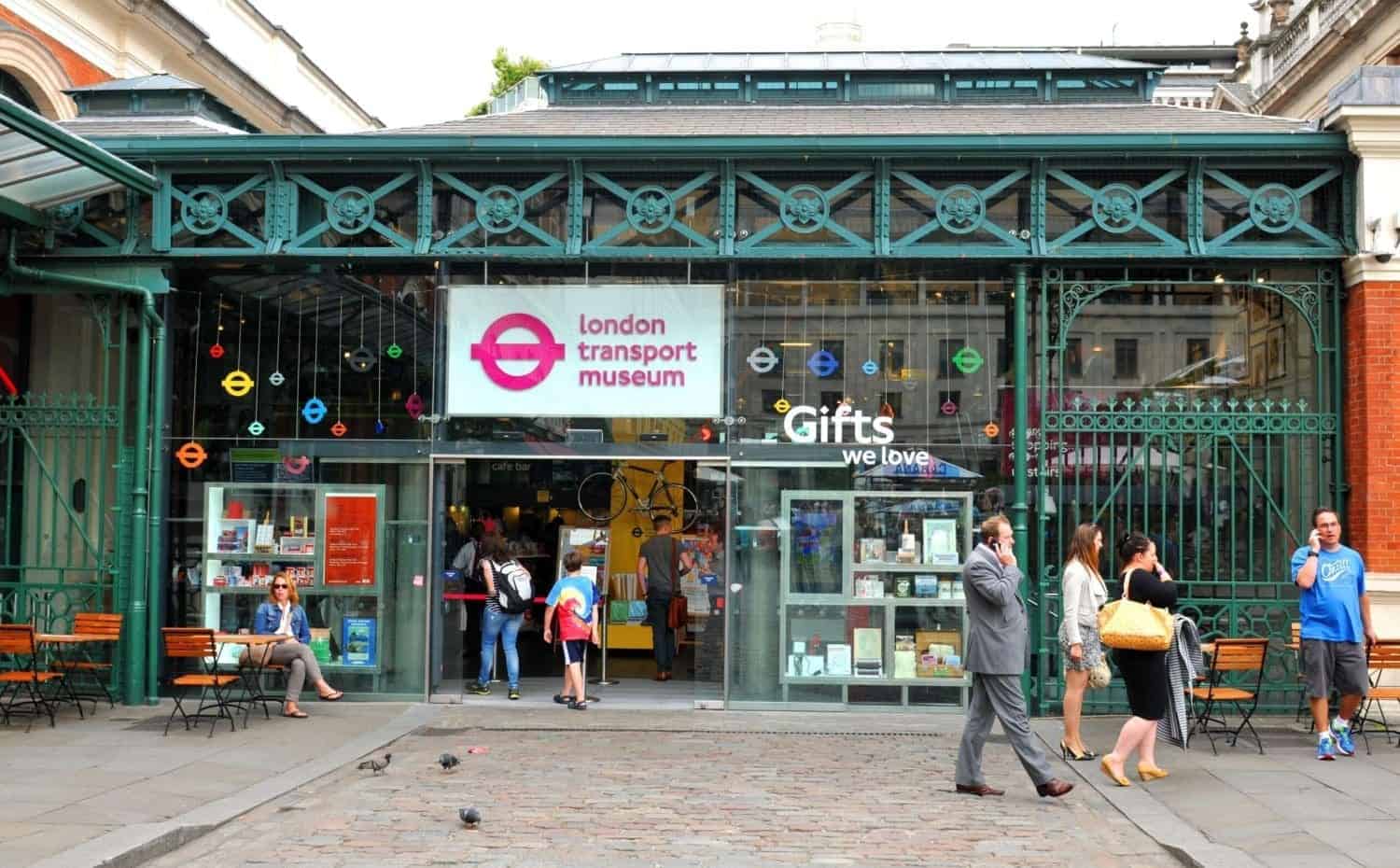
Image by Lucian Milasan from Shutterstock
Transporting Londoners from one location to another has been a prominent aspect of the city since horse-drawn buses moved ordinary inhabitants, and elegant taxis were available for those with more significant resources.
The London Transport Museum serves to preserve this history from the beginning to the present, allowing visitors to comprehend better how the city’s transport system originated and grew. Head below to see how buses, taxis, and bicycles have evolved.
A transportation museum can be found in London’s Covent Garden named the London Transport Museum (LTM). The Museum’s primary focus is on preserving and explaining London’s history regarding transportation.
After a two-year makeover, the main facility in Covent Garden, which reopened in 2007, carries the name of its parent organization and is open to the public daily.
A Sedan Chair, London’s first permitted public transportation, is a single-person vehicle carried by two people, one in the front and one in the rear, with the passenger sitting pleasantly in the centre.
When the London Passenger Transport Board absorbed all of London’s public transportation in 1933, Underground electrical draughtsman Harry Beck created the famous graphic for the new Tube map.
He made the crisscrossed, colourful lines we know and love by basing his design on the electrical cables he worked with rather than geography.
Over 5,000 transportation-related posters and other materials are available online at the Museum. Their collection has transportation posters by artists, including Graham Sutherland, Abram Games, and Ivon Hitchens.
Advertising for sports, tube services, information, and even military propaganda may be seen on the posters.
The Hidden London exhibit delves into the history of these stations, including some that were never built and those that became crucial World War II defensive sites and posters, artifacts, and photographs.
Untangling the Tracks, a delightful interactive exhibit at the museum, enables kids of all ages to participate in a puzzle by ensuring trains arrive on time and without colliding. Visitors may learn about the duties of modern transportation engineers at the display.
From its launch in 1954 until 2005, the AEC Routemaster was the famous red double-decker bus zipped across London streets. It outlasted numerous subsequent versions that were supposed to be its replacements.
Eventually, a version succeeded in replacing the AEC Routemaster; it was the New Routemaster. The Museum’s exhibit collection includes examples of both types of buses.
Horse-drawn omnibuses were the primary mode of transport for the typical Londoner before the introduction of specialized buses such as the ones listed above and the London Underground. The London General Omnibus Company operated it and is an excellent example of one of the most oversized vehicles.
The museum shop offers various replica models, posters, presents, and souvenirs in Covent Garden and is also available online.
The museum’s operations are supported by sales revenue.
Watch the evolution of iconic automobiles, observe the world’s first underground trains, and look inside an 1890s padded boarding room. Design fans can visit design galleries for travel with innovative advertisements and art.
Get hands-on experience in the interactive exhibitions, allowing you to board actual buses and trains and try out tube driving simulations.
It would be best to leave enough time to browse the museum’s shops and refuel at canteen cafes, which can be accessed by car without a ticket.
The store is stocked with London transport-themed gifts and souvenirs. Authentic underground posters, furniture inspired by traditional design, and transport for London branding.
The Museum has an incredible number of exhibits that can be enjoyed within two hours of each visit.
The Museum requires a year-round card and a timed ticket. The offer lasts a year, with unlimited visit periods. Their annual pass offers three options: Kids can go free without paying a yearly membership.
The London Transport Museum appears small from the outside, and you may believe it’s exclusively for children. However, its location in the structure seems more prominent in the interior once you pass through the entry hall. The Museum has many floors of social history, geography, urban planning, politics, and graphic design.
Why is Gold Valued? Gold plays an important role in our life. It is a…
Imagine waking to the sounds of the sea gently brushing the shore, the smell of…
Vacations are a precious opportunity to step away from daily routines, unwind, and recharge. But…
For many, James Bond is the holy grail of masculinity, and the numberless attempts to…
If you run a business, you may think that you need to diversify to ensure…
The streets of London have their map, but our passions are uncharted. What are you…
This website uses cookies.